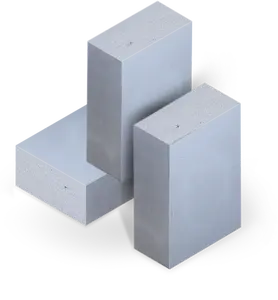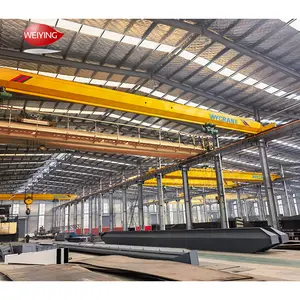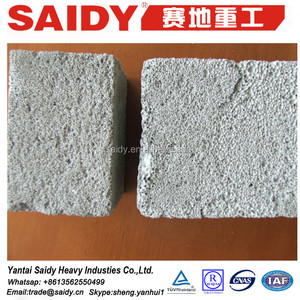Popular in your industry




























































Top categories
About light concrete
Light concrete, often referred to as lightweight concrete, is a type of concrete that incorporates lightweight aggregates to reduce its overall density while maintaining sufficient compressive strength. The lightweight aggregates in light concrete can be natural materials such as expanded shale, clay, or slate, or industrial by-products like fly ash or pumice. Light concrete is commonly used in construction applications where weight reduction is essential to achieve better performance. It offers a balance between structural integrity and reduced mass, making it particularly suitable for various construction projects.
Applications of Light Concrete
Moreover, due to its reduced weight, it can be used in the construction of buildings with limited load-bearing capacity, such as high-rise buildings and those on soft ground. This material is also applied in the construction of roofing structures, as its lightweight properties reduce the load on the supporting walls. Additionally, light concrete is useful in the construction of load-bearing walls, particularly in multi-story buildings where the overall weight must be minimized without compromising structural integrity.
The use in the construction of lightweight concrete blocks is another common application, providing a lighter alternative to traditional concrete blocks while maintaining strength and durability. Light concrete is also used in precast elements like beams, panels, and slabs. In the infrastructure sector, light concrete finds applications in the construction of bridges, especially in seismic zones where reducing the overall weight of the structure is crucial. Furthermore, it is applied in the development of tunnels and subways to minimize the load on surrounding soil.
The Advantages of Using Light Concrete
Light concrete offers several advantages over conventional concrete. It is known for its lower density, reducing the structural dead load and allowing for lighter foundations. The use of lightweight aggregates contributes to better thermal insulation properties, enhancing energy efficiency in buildings. Additionally, its reduced weight simplifies transportation and handling during construction, leading to faster and more cost-effective building processes. Light concrete is also easier to cut and shape on-site, facilitating customization and reducing labor time.
Moreover, the reduced weight of light concrete contributes to seismic resistance, making it a preferred choice in earthquake-prone regions. It also exhibits improved fire resistance, providing an added layer of safety in building construction. The light concrete material does not shrink or crack easily and offers enhanced sound insulation, creating a quieter and more comfortable indoor environment.
The Importance of Using Light Concrete
Light concrete is particularly critical in the construction of high-rise buildings, where the reduction of structural dead load is vital to prevent excessive stress on the building's foundation and vertical elements. Additionally, in infrastructure projects such as bridges and tunnels, the use of light concrete helps minimize the overall weight of the structure without compromising its strength and durability, contributing to long-term performance and safety. In the construction of residential and commercial buildings, the thermal insulation properties of light concrete play a crucial role in enhancing energy efficiency and reducing heating and cooling costs. Light concrete also finds significance in the development of sustainable and eco-friendly structures by reducing the use of natural resources and minimizing the environmental impact of construction activities.




























